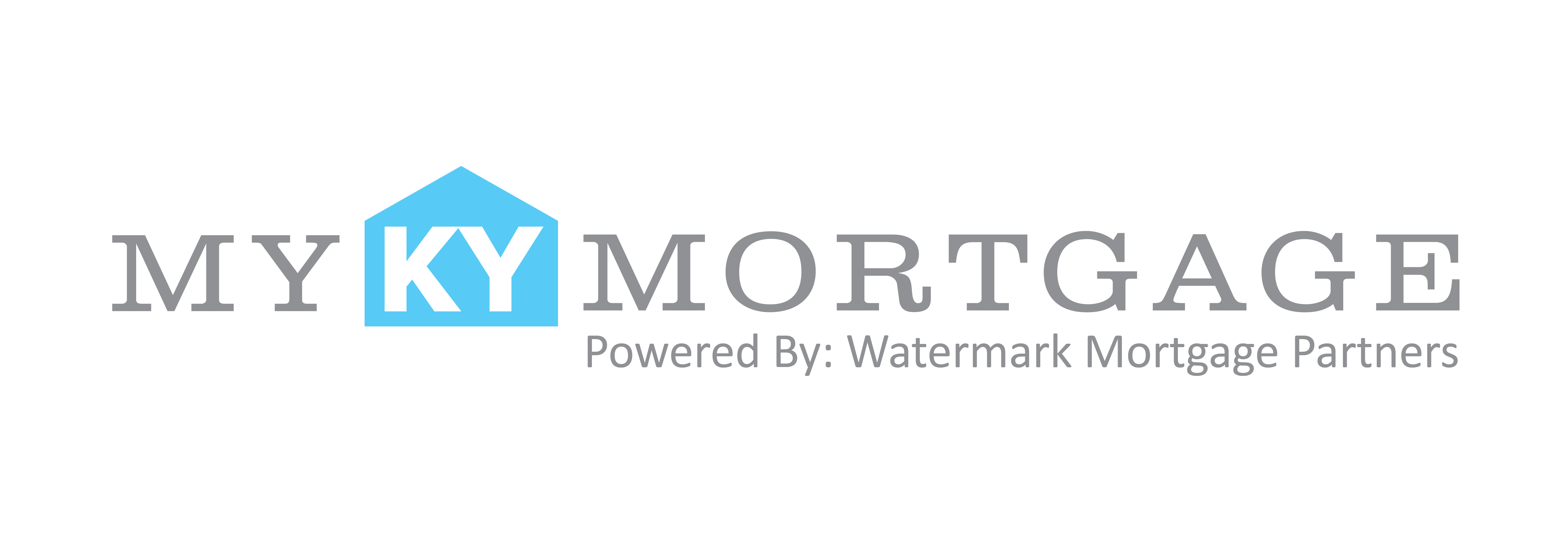Whether you’re a freelancer, temp worker or independent contractor, they’re all the same term for a job that feeds the gig economy.
The upside? Instead of working full-time for only one employer, you have the flexibility, freedom and personal fulfillment to work when you want.
There’s a downside to this freedom — your income could be “riskier” if you want to get a loan, especially when it comes to getting a mortgage. Bankrate offers some tips on how to apply for a mortgage as a gig economy worker.
1. Check your credit
To make sure nothing is amiss, go to annualcreditreport.com, order your three free credit reports and alert the credit rating agency immediately if there are any issues. The higher your credit score, the more likely it is that a lender will provide you with money for a home.
2. Share at least two years of tax returns
This is unique to those in the gig economy. Understandably, you look riskier to a lender when you offer up 1099s instead of W-2s. Your lender wants to be sure your income will stay consistent in the future and that you can make your mortgage payments.
3. Save as much money as you can
If you want to avoid private mortgage insurance (PMI) it’s in your best interest to save at least 20 percent of the purchase price of the home. PMI is insurance that protects your lender in case you default on your mortgage.
Premiums usually are paid monthly and vary from a fraction of a percent to as much as 1.5 percent of the value of your loan. If you want to prove your mettle as a reliable borrower, save even more than 20 percent.
4. Get pre-approved
Pre-approval could be even more important if you’re a freelancer. It’s a guarantee from your lender that you’re eligible to borrow a certain amount of money at a certain interest rate. Know what forms you need, including W-2s, 1099s, bank statements, 1040 tax returns, etc.
5. Be aware of how deductions are viewed
If you claim a lot of deductions to reduce your taxable income (such as deductions on work supplies, etc.), lenders could view it as a disadvantage.
6. Know your debt-to-income ratio (DTI)
Your DTI measures the relationship between your debts and income. Fannie Mae requires a DTI at or below 50 percent.
To find your DTI, simply add up your monthly bills, including student loans, alimony, child support, monthly rent, etc. Divide the total by gross monthly income, or income before taxes.
7. If you don’t qualify for a conventional loan, look into government-backed loans
These loans have varying income level and credit score requirements, and they could be your best option if you find yourself cash-strapped or have a low credit score. They include:
• FHA loans, which are issued by banks and other lenders and insured by the Federal Housing Administration. You can qualify for an FHA loan with a credit score as low as 500 with 10 percent down. To get the maximum financing, you need a credit score of 580 or higher and 3.5 percent down.
• VA loans, which are partially insured by the Department of Veterans Affairs. Regular military, veterans, reservists and National Guard are all eligible to apply. Qualified spouses may also apply. The main perk to VA loans is their no-down payment and low credit score requirements.
• USDA loans are zero-down-payment mortgages that require low-to-moderate income, and the property location also must fit the bill. You must also have an appropriate DTI to qualify.
8. Consider an NQM
A non-qualified mortgage (NQM) is a loan that doesn’t meet the standards of a qualified mortgage. The difference between the two includes whether a government agency protects the lender if any type of lawsuit is filed against them. NQMs are often an option for those who can’t prove their income through traditional means.
Typically, those who take on an NQM are self-employed; have a high debt ratio, and have less-than-perfect credit. The catch? You need to have a large down payment and higher credit scores in to qualify for an NQM. Lenders can also charge you a higher interest rate and fees.
9. The bottom line
One trick that could help is to think like your lender. If you’re a member of the gig economy, think about what a lender sees. If you need to increase your credit score, for example, that could help you, particularly if you’re after a conventional loan.
Some small steps you can take to help increase your score include paying your balances on time; avoiding new lines of credit; and using less of the available credit you have.



